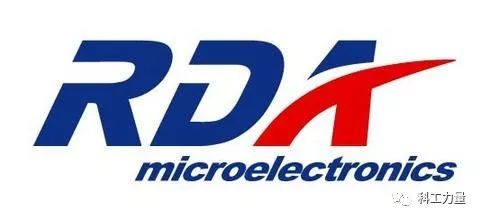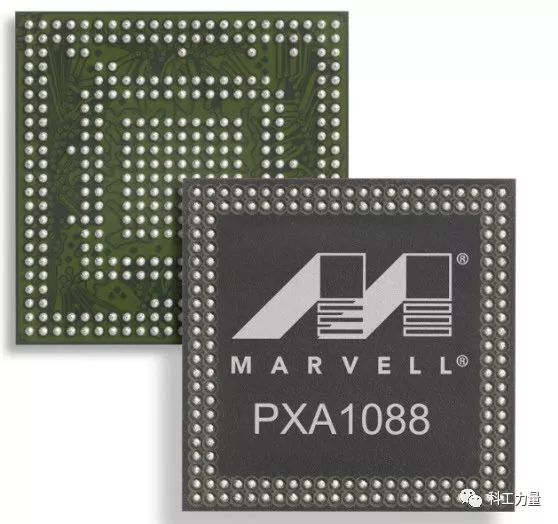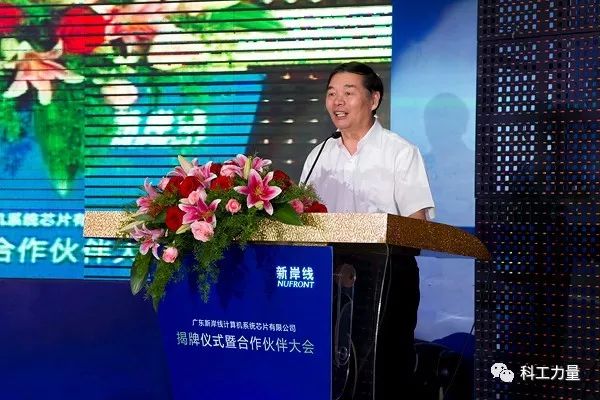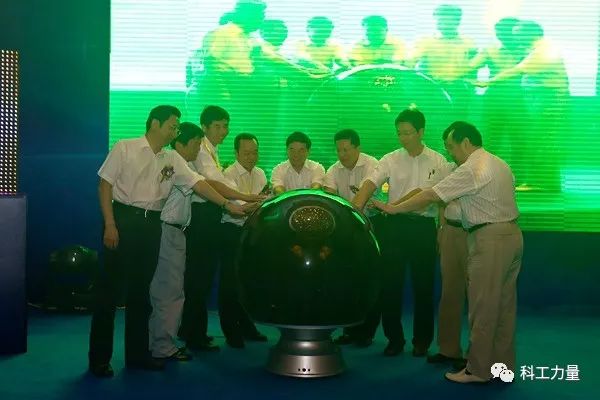Is working for ARM the right path for Chinese companies? ASR (Shanghai Aojie Technology Co., Ltd.)’s recent strategic adjustment is a prime example to the contrary.
Recently, ASR, which announced its acquisition of Marvell’s mobile communications division last June, has finally released its new direction. It has obtained various technology licenses from CEVA and will integrate a series of CEVA IP into its wireless products to provide cellular, Bluetooth, and Wi-Fi connectivity support, primarily targeting the Internet of Things (IoT) sector. However, ASR has yet to produce a chip that can compete with Qualcomm’s Snapdragon 400 series in the mobile chip market.
Although many people repeatedly say that independent research and self-built ecosystems are a dead end, and that the only way is to rely on ARM and work for foreign companies (if Intel were to open licensing like ARM, these people would probably only recognize X86), ASR’s transformation towards IoT and the development of companies like Allwinner, Rockchip, and Newshore indicate that the path of working for ARM is not as smooth as some imagine.
The Past and Present of ASR
While many may not have heard of ASR, its CEO, Dai Baojia, is a veteran in the mobile chip industry.
As early as 2004, Dai Baojia co-founded RDA with partners. At the beginning, the company’s products mainly included GSM baseband, multi-mode RF transceiver chips, multi-mode RF power amplifier chips, Bluetooth, wireless, and FM radio combination chips, among others. From 2007 to 2012, RDA’s revenue steadily increased, and it became a strong competitor alongside Spreadtrum in the domestic fabless IC design industry.

In 2013, for the purpose of resource integration, Tsinghua Unigroup decided to acquire Spreadtrum and RDA one after another and engaged in a year-long negotiation with Shanghai Pudong Science and Technology Investment. At that time, Tsinghua’s offer was higher, but Dai Baojia preferred Pudong Science and Technology Investment. The reason was that if acquired by Tsinghua, RDA’s resources would certainly be merged with Spreadtrum, and since Spreadtrum’s technical strength and commercial performance were stronger than RDA’s, RDA’s resources would be siphoned off to strengthen Spreadtrum. This was a nightmare for RDA’s management. In contrast, Pudong Science and Technology Investment would not interfere with RDA’s management, allowing RDA to leverage Pudong’s funding to grow stronger.
Due to Tsinghua’s higher offer and the profit-driven nature of capital, RDA’s major shareholders decisively dismissed Dai Baojia, who had to leave the company he founded and sell all his shares, leading the core team of RDA to establish ASR. ASR received investments from Pudong Technology and other investors and collaborated with a South Korean R&D team to reconfigure its mobile chip strategy.
However, RDA had only developed 2G mobile chips in the past and lacked the ability to develop 3G and 4G mobile chips. Moreover, the baseband solutions from the South Korean R&D team had various flaws. With the industry threshold now set at 5-mode smartphone chips, ASR’s technical capabilities were evidently inadequate for market competition.

In 2015, as competition in the smartphone chip market intensified, Marvell was beaten badly by Qualcomm and MediaTek, and its products were mostly relegated to low-end contract phones given away with prepaid plans. This prompted Marvell to consider selling its mobile division. Although it was rumored that Datang, Lenovo, and Xiaomi had approached Marvell, it was ultimately Pudong Technology that acquired Marvell’s mobile division. This acquisition allowed ASR to directly obtain Marvell’s LTE CAT7 baseband, meeting the requirements set by China Mobile.
If one were to describe ASR in one sentence, it would be a combination of RDA and Marvell’s mobile division.
Joining the ARM Camp Does Not Guarantee a Smooth Path
On the surface, ASR’s alignment with the ARM camp means that, like Huawei HiSilicon, Xiaomi Pinecone, and MediaTek, it can solve CPU, GPU, DSP, and other module issues through purchases and can also rely on the AA ecosystem. Its baseband has also reached the LTE CAT7 standard required by China Mobile.
In theory, any baseband technology that cannot be purchased can be solved independently, and the rest can be acquired, so business should be a smooth journey. However, contrary to the view that simply aligning with ARM can resolve commercialization issues, reality presents a completely different picture.
In the smartphone market, after several years of rapid development, it has become increasingly saturated. Qualcomm, MediaTek, and Spreadtrum dominate the high, mid, and low segments of the market respectively, and the current market structure can hardly accommodate many players. New entrants, unless they can vertically integrate and produce and sell their own products like Huawei HiSilicon and Xiaomi Pinecone, find it very difficult to penetrate this market.
This is precisely why ASR is very self-aware; after acquiring Marvell’s mobile division, it did not launch a chip that could compete with Spreadtrum’s SC9860 or Qualcomm’s Snapdragon 450 in the smartphone chip market for over half a year, actively avoiding the fiercely competitive smartphone market dominated by Qualcomm, MediaTek, and Spreadtrum, and instead shifted its focus to the IoT sector.
Compared to ASR, which has attracted significant capital, companies like Allwinner, Rockchip, and Newshore in the ARM camp have not been as fortunate.

Former Vice Minister of Industry and Information Technology Yang Xueshan delivered a speech at the unveiling ceremony of Newshore.

Leaders and guests unveil Newshore.
Years ago, Newshore received strong support from local governments, which provided 600 million yuan in funding support. Newshore also created the first dual-core ARM Cortex A9 chip in China by purchasing IP for integration. However, due to limitations in core technology and a lack of substantial investment from major backers, Newshore’s products have long been absent from the market.
Similar situations have occurred with Allwinner and Rockchip. Due to increasingly fierce market competition and Allwinner’s acquisition of Dongxin Communications, which could only survive on government subsidies for transformation in 2016, Allwinner’s profits are expected to plummet by 92% in 2017. Rockchip has also seen its revenues decline multiple times in recent years, with profits in 2015 dropping to around 25 million, which was only achieved with government subsidies of 22.18 million yuan that year. Last year, Rockchip faced the embarrassment of an IPO failure.

Screenshot from Rockchip’s IPO explanatory materials.
In fact, the companies in the domestic ARM camp that are performing relatively well all have a certain accumulation of communication technology, enabling them to quickly enter the smartphone market, or have major backers providing continuous funding, such as Huawei supporting HiSilicon and ASR having Pudong Technology. Without a foundation in communication technology and without major backers providing ongoing support, ARM camp IC design companies, relying solely on purchased core technologies like CPU and GPU, can mostly only make quick profits in the short term before gradually becoming marginalized.
In practice, some people have developed a near-religious belief in foreign technology, as if simply working for ARM can solve all problems, similar to the belief that privatization was the panacea for enterprise development during the privatization of state-owned enterprises.
Conclusion
The ARM ecosystem is most advantageous in devices like smartphones and tablets. By avoiding the smartphone and tablet markets, ASR has significantly weakened the ecosystem support gained from joining the ARM camp.
In the IoT market, some major companies develop platforms that support X86, ARM, and MIPS simultaneously. Since multiple instruction sets are supported, and many embedded applications in the IoT field only perform single functions, OS and application software are often developed specifically by manufacturers, making it difficult to form a highly monopolized system like the Wintel or AA systems.
Moreover, due to the vastness of the market, no single company can dominate the entire market, leading to a future where multiple instruction sets, including X86, ARM, MIPS, and RISC-V, coexist, differing only in their market shares. The notion that “building a new ecosystem is a dead end, while working for ARM is the path to survival” is highly debatable.
Overall, shifting focus to the IoT sector is ASR’s reluctant choice amidst its lack of competitiveness in the smartphone chip market. We hope ASR can carve out a niche amid fierce competition with Intel, Qualcomm, Samsung, Huawei, ZTE, MediaTek, and Spreadtrum.